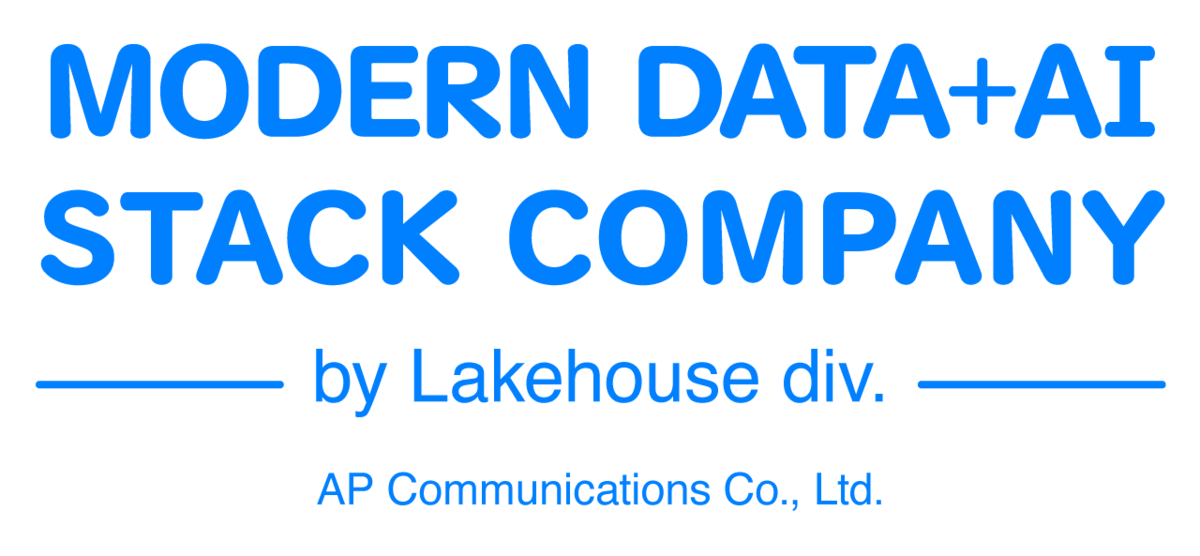Data Innovation with Power BI and Databricks
This is Johann from the Global Engineering Department of the GLB Division. I would like to provide an easy-to-understand explanation of Microsoft's presentation "Next-Level Analytics with Power BI and Databricks." The theme of this presentation was to promote data innovation through the partnership between Power BI and Databricks and to make it accessible for everyone to succeed.
Introduction
The presenters of the lecture were Mahesh Prakryia and Bob Tan, who belong to the Databricks data team and own the data integration component of Power BI. Mahesh Prakryia has been working at Microsoft for many years and has experience migrating to multiple products, including Power BI. The theme and purpose of this presentation were to promote data innovation through the partnership between Power BI and Databricks and to make it accessible for everyone to succeed. The target audience is people interested in data analysis, those using Power BI, and those interested in Databricks. Now, let's go through the content introduced in the presentation in order.
Power BI and Databricks Partnership and Purpose
The partnership between Power BI and Databricks aims to promote data innovation and create a data analysis environment where anyone can succeed. Power BI has become a leader in the BI industry due to its excellent performance, extensive AI capabilities, and supportive user community. This partnership makes data integration easier and improves the efficiency of data analysis. In addition, Databricks' AI capabilities can be utilized in Power BI, enabling more advanced data analysis. Furthermore, by leveraging both companies' cloud services, the scalability of data analysis is improved.
Data Analysis Innovation with Co-pilot and AI Features
Co-pilot is a feature that simplifies data exploration and creation by generating visualizations such as charts and graphs based on user input. It also uses AI to generate intelligent narratives based on data, allowing users to control the style and tone of the output. These features streamline the data analysis process, enabling more people to use data for decision-making.
Further Evolution of Data Analysis with the Introduction of Fabric and OneNet
Fabric is an analytics platform that seamlessly integrates all tools through Office, enabling the efficiency of data analysis, centralization of data, and strengthening of security. OneNet is a single SaaS solution for an organization's storage needs, expected to reduce costs, improve management efficiency, and increase flexibility.
Integration with Azure Databricks
By integrating Azure Databricks and Power BI Desktop, efficient data analysis and visualization become possible. Specifically, using Power BI Desktop's Get Data, data is retrieved from Azure Databricks, and authentication is performed using a personal access token. After that, data preview, transformation, and loading become possible.
Summary
The theme of this presentation was to promote data innovation through the partnership between Power BI and Databricks and to make it accessible for everyone to succeed. With the introduction of Co-pilot, AI features, Fabric, and OneNet, data analysis is expected to become more efficient, and more people will be able to use data for decision-making. Microsoft will continue to promote such data innovation and provide an environment where anyone can succeed. Stay tuned for more data innovation topics in our upcoming articles!
Conclusion
This content based on reports from members on site participating in DAIS sessions. During the DAIS period, articles related to the sessions will be posted on the special site below, so please take a look.
Translated by Johann
Thank you for your continued support!
